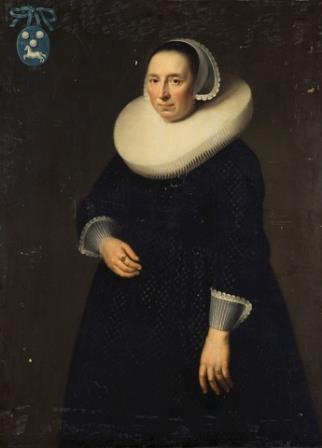Recommendation
In a letter of 16 March 2017 the Minister of Education, Culture and Science (hereinafter referred to as the Minister) asked the Advisory Committee on the Assessment of Restitution Applications for Items of Cultural Value and the Second World War (hereinafter referred to as the Committee) for advice about the question of whether the Minister should reconsider her decision of 24 January 2013 in the case of Katz (RC 1.90-B). The decision concerned the rejection by the Minister of an application by heirs of Nathan and Benjamin Katz (hereinafter referred to as the Applicants) for restitution of 188 works from the Netherlands Art Property Collection (hereinafter referred to as the NK collection) on the grounds of the Committee’s recommendation to that effect of 17 December 2012 regarding case RC 1.90-B (hereinafter referred to the earlier recommendation). The present request for advice arises from the Applicants’ request to the Minister of 13 January 2017.
